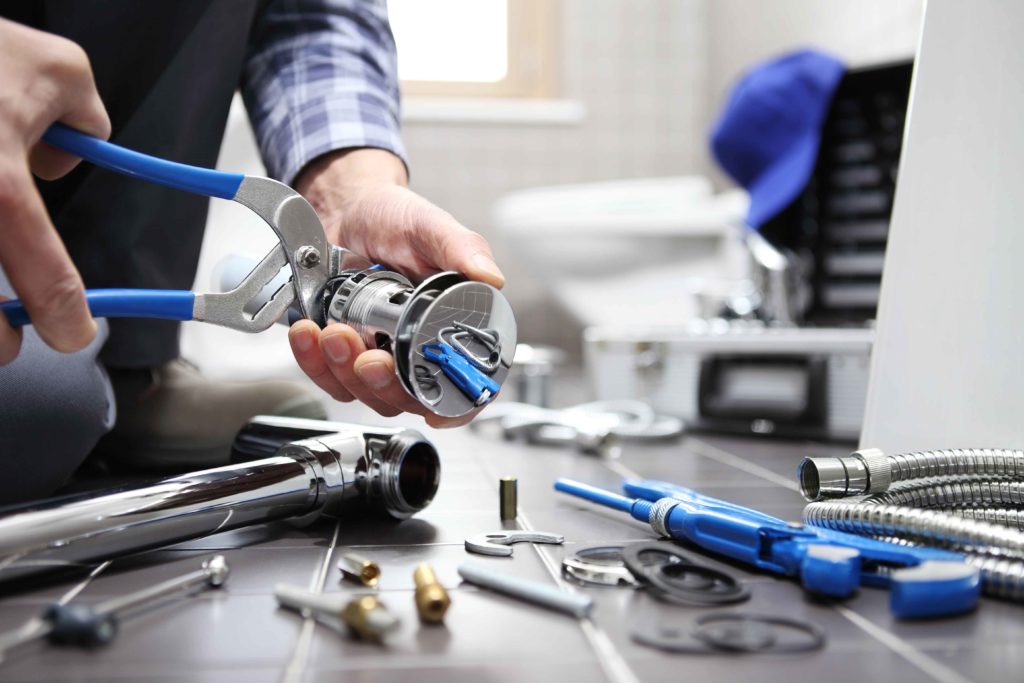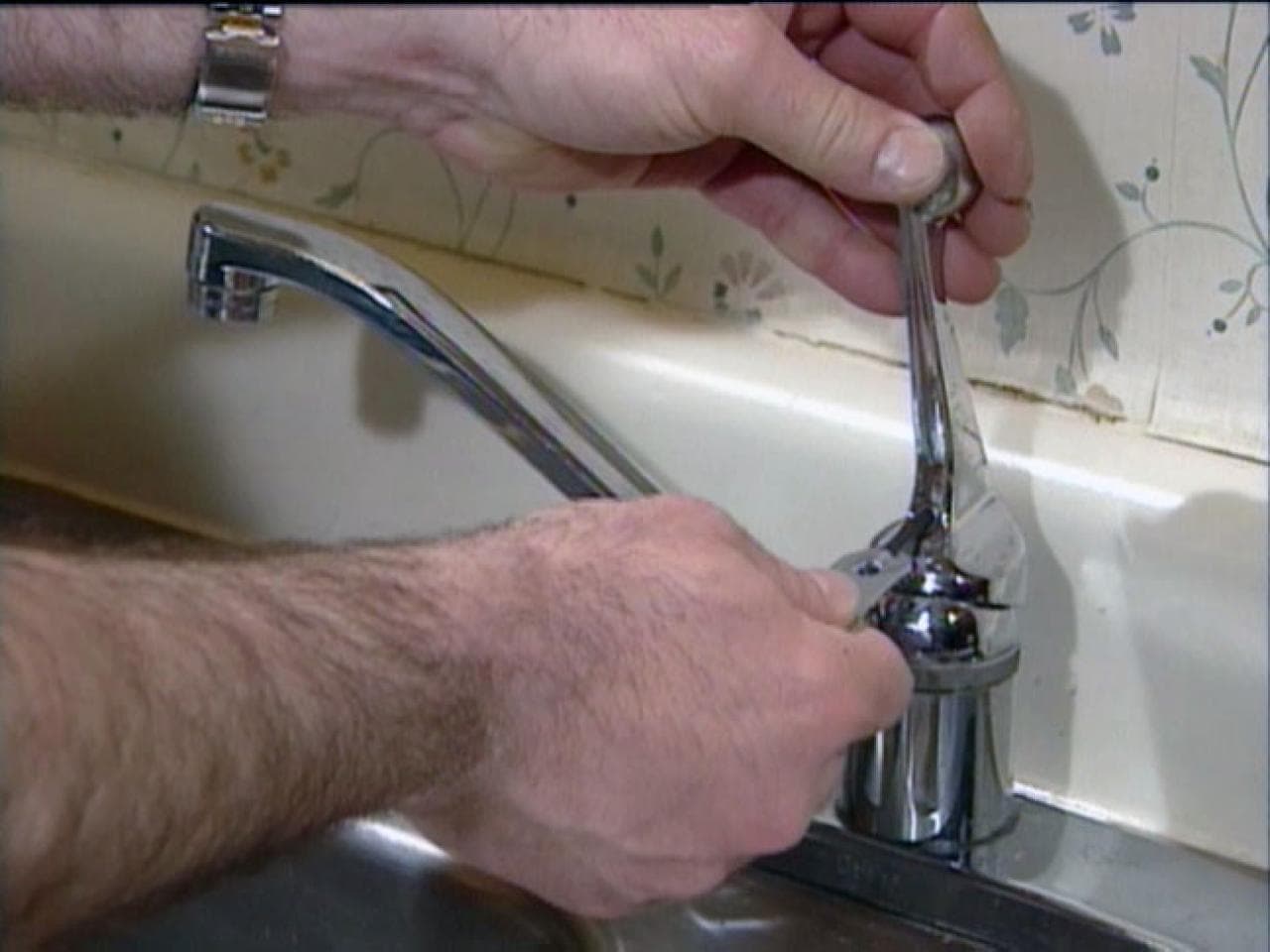Factors Why It's Crucial to Mend a Broken Faucet
Factors Why It's Crucial to Mend a Broken Faucet
Blog Article
What're your thoughts with regards to Should I Repair or Replace a Leaky Faucet??

Trickling taps may look like a minor aggravation, however their effect goes beyond simply the nuisance of the audio. From wasting water to incurring unnecessary financial costs and wellness threats, disregarding a dripping tap can cause various effects. In this article, we'll explore why it's crucial to resolve this usual home concern promptly and successfully.
Waste of Water
Ecological Influence
Trickling faucets add dramatically to water wastage. According to the Environmental Protection Agency (EPA), a solitary faucet leaking at one drip per second can squander greater than 3,000 gallons of water annually. This not only pressures water resources however additionally influences ecosystems and wild animals based on them.
Financial Costs
Boosted Water Expenses
Beyond the ecological effect, dripping taps can inflate water costs considerably. The built up wastage with time translates right into higher utility expenditures, which could have been prevented with prompt repair services.
Prospective Home Damage
Moreover, extended leaking can result in harm to fixtures and surface areas bordering the faucet. Water buildup can trigger staining, deterioration, and even structural concerns if left unattended, leading to added repair prices.
Health and wellness Worries
Mold and Mold Growth
The consistent existence of dampness from a dripping faucet creates an ideal environment for mold and mildew and mold development. These fungis not only compromise indoor air top quality however additionally position wellness risks, particularly for individuals with respiratory problems or allergies.
Waterborne Conditions
Stagnant water in dripping taps can end up being a breeding ground for microorganisms and various other pathogens, boosting the danger of waterborne diseases. Pollutants such as Legionella microorganisms flourish in stationary water, potentially causing significant ailments when consumed or inhaled.
Do it yourself vs. Specialist Repair service
Benefits and drawbacks of DIY Repair Work
While some may attempt to fix a leaking faucet themselves, do it yourself repair work come with their own set of difficulties. Without correct expertise and devices, DIY attempts can exacerbate the problem or bring about insufficient repairs, prolonging the issue.
Advantages of Working With a Professional Plumber
Hiring a specialist plumber makes certain that the underlying root cause of the dripping faucet is addressed effectively. Plumbings have the experience and devices to diagnose and fix tap problems efficiently, saving time and decreasing the risk of additional damages.
Step-by-Step Guide to Taking Care Of a Dripping Tap
Devices Required
Before attempting to take care of a dripping faucet, gather the required devices, consisting of a flexible wrench, screwdrivers, substitute parts (such as washers or cartridges), and plumber's tape.
Usual Faucet Issues and Their Solutions
Recognize the type of tap and the specific issue creating the drip. Common troubles include worn-out washing machines, rusty shutoff seats, or faulty O-rings. Refer to maker guidelines or online tutorials for detailed support on repairs.
Preventive Measures
Normal Maintenance Tips
To avoid dripping faucets, carry out regular maintenance such as cleansing aerators, examining for leakages, and replacing damaged parts immediately. Additionally, think about mounting water-saving devices or upgrading to a lot more reliable components.
Importance of Prompt Repair Works
Attending to dripping taps as soon as they're seen stops further water waste and potential damages, ultimately saving both water and cash in the long run.
Effect On Home Worth
Perception of Well-Maintained Building
Maintaining a home in good condition, consisting of dealing with maintenance problems like leaking faucets, boosts its perceived value and value amongst potential buyers or renters.
Influence on Resale Worth
Qualities with properly maintained plumbing components, consisting of taps, command greater resale worths in the realty market. Attending to leaking taps can contribute to a positive impression during residential property assessments and settlements.
Ecological Obligation
Specific Contribution to Preservation
Taking duty for repairing trickling faucets lines up with more comprehensive efforts towards water conservation and environmental sustainability. Every person's activities collectively make a significant effect on maintaining priceless resources.
Sustainable Living Practices
By prioritizing prompt repair work and embracing water-saving routines, people add to lasting living methods that benefit both present and future generations.
Final thought
Dealing with a dripping tap exceeds simple benefit; it's a necessary step toward preserving water, minimizing monetary costs, and guarding wellness and residential property. Whether through do it yourself repair work or specialist help, taking action to deal with dripping faucets is a tiny yet impactful way to advertise liable stewardship of sources and contribute to a much healthier, extra lasting future.
How to Fix a Leaky Faucet: Step-by-Step Repair Guide
A leaky faucet may seem like a simple annoyance, but if it's not fixed promptly, that leak could cost hundreds to potentially thousands. From water damage to mold, mildew, and high water bills, even a tiny leak can be catastrophic if left unattended. Damage like this can even affect the overall value of your home, so it's important to take the right approach for leaky faucet repair. You may need the help of a plumber in some cases, but we've got a few tips you can try on how to fix a leaky faucet before calling the pros.
Four Faucet Types
When you're learning how to fix a leaky faucet, the first step is knowing what kind of faucet you're working with! There are four common types.
Cartridge Faucets
Cartridge faucets come in one- or two-handled varieties. In one-handled cartridge faucets, hot and cold water combines in a single cartridge. In the two-handled versions, hot and cold water are controlled separately and mixed in the faucet.
Ball Faucets
Ball faucets have a single lever you push up and down to adjust the pressure and rotate to change the temperature. A slotted metal ball controls the amount of water allowed into the spout.
Compression Washer Faucets
They're the oldest type of faucet, but they're still used in many homes — especially older ones. Compression faucets have two separate handles that, when turned, raise or lower the washer that seals a water valve. This valve stops water from flowing through the faucet when it is turned off.
Disc Faucets
Disc faucets rarely need to be repaired due to their maintenance-free design. The water flow is controlled by two discs — the upper one raises and lowers against a fixed lower disc, creating a watertight seal. If your disc faucet starts leaking, you may need to replace the seals or clean residue buildup from the inlets.
Fixing a Leaky Faucet
Step 1: Turn Off the Water
Whether you're learning how to fix a leaky bathtub faucet or how to fix a leaky kitchen faucet, always turn off the water supply to your working area when you're fixing a leak. The last thing you want is a flood added to your list of things to fix.
Look for the shutoff valves below your sink or around the tub and turn them clockwise to stop the water flow. If your faucet doesn't have shutoff valves, you may need to turn off the water for the whole house. Check to make sure it's off by turning the faucet on. If nothing comes out, you're ready to start the repair.
Step 2: Take Apart the Faucet
How you disassemble your faucet depends on the type of fixture you have. You can use a flathead screwdriver to remove the caps on top of the handle or handles for cartridge and compression faucets. Inside, you should see handle screws. Unscrew these with a screwdriver to remove the handle.
Disc- and ball-style faucets will typically have an inlet screw near the handle, and removing that will reveal the interior of the faucet.
Detach the Valve Stem
For cartridge- and compression-style faucets, you'll see the inner valve stem or cartridge once you remove the faucet handles. If you have a compression faucet, unscrew the brass valve stem. If you have a cartridge faucet, pull out the cartridge. If your cartridge has been in place for a while, it may require some tools or extra force to remove it due to mineral deposits.
Examine and Replace Parts
Once you've removed the parts, check them out to confirm what needs to be replaced. You may see corroded rubber washers, O-rings, stems, or cartridges. On a ball-style faucet, check the seats and springs for damage.
If you need to repair a leaky disc faucet, check the inlet and seals on the lower disc.
Once you determine what parts must be replaced, visit your local hardware store. Bring the damaged parts with you to ensure you can purchase the correct components to replace them.
Clean Valves and Faucet Cavity
If you've removed a stem or cartridge, you may notice mineral buildup in the faucet's threads. Use white vinegar to clean the valve seat by soaking it for a few minutes, then scrub it away with a soft toothbrush and rinse with warm water. You can also clean the interior of the faucet in the same way.
Reassemble the Faucet
Once your faucet is cleaned and the required parts have been replaced, it's time to reassemble it. Put the pieces back together and slowly turn the water supply back on. Doing this slowly is crucial because too much initial water pressure can damage the new hardware you've just installed.
https://homewarranty.firstam.com/blog/how-to-fix-leaky-faucet

We had been shown that write-up on Leaky Faucets: Why They Happen & What to Do About Them through a good friend on another web page. Appreciated our blog posting? Please share it. Help others find it. We truly appreciate your readership.
Report this page